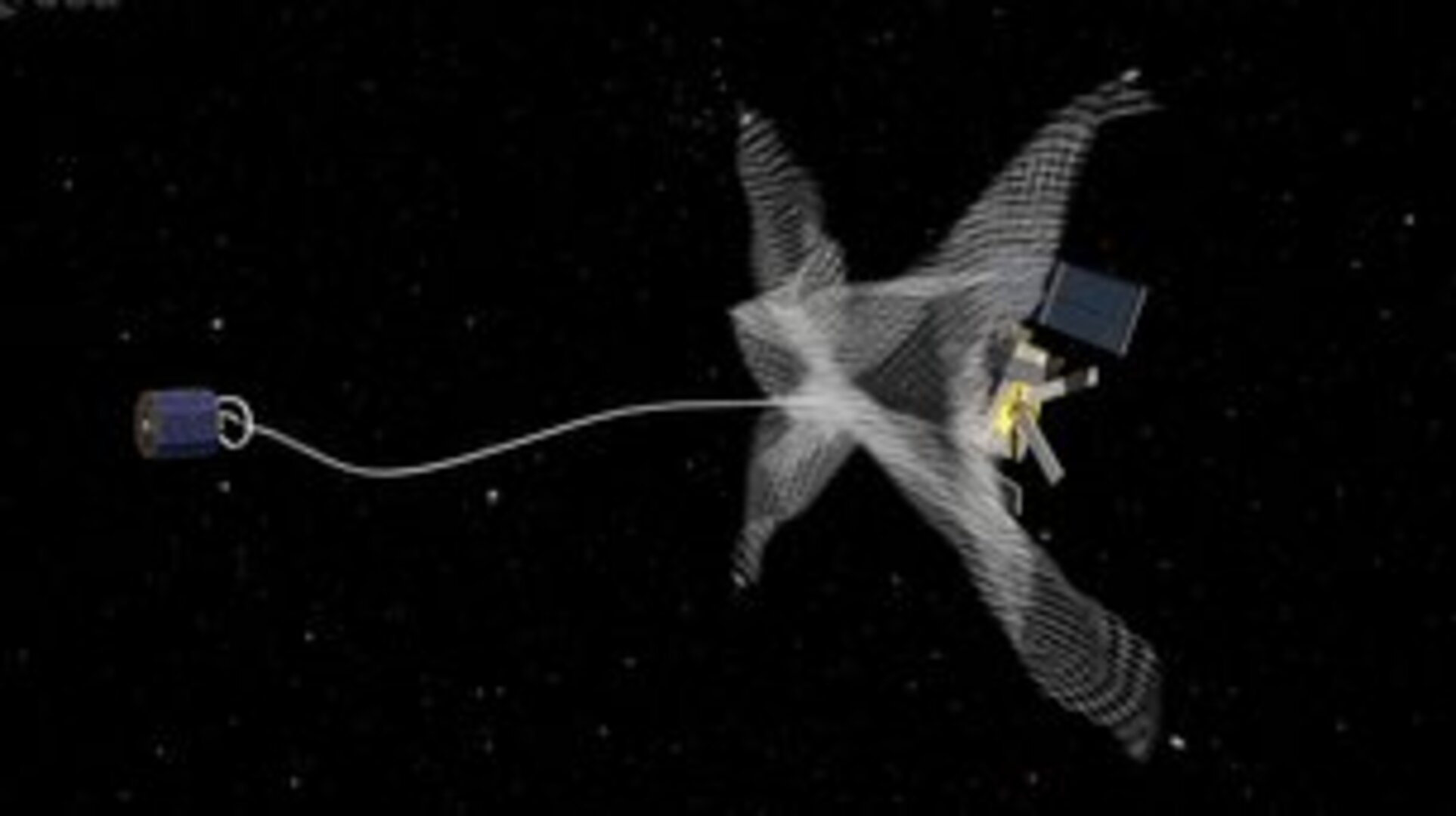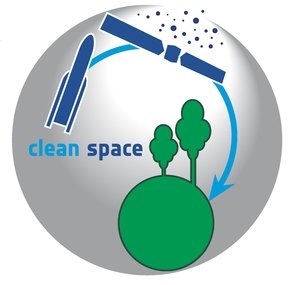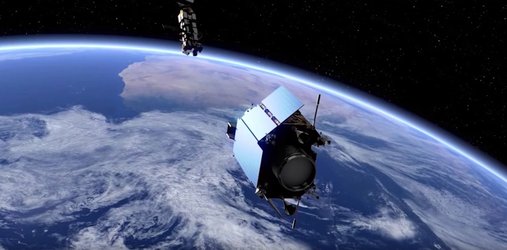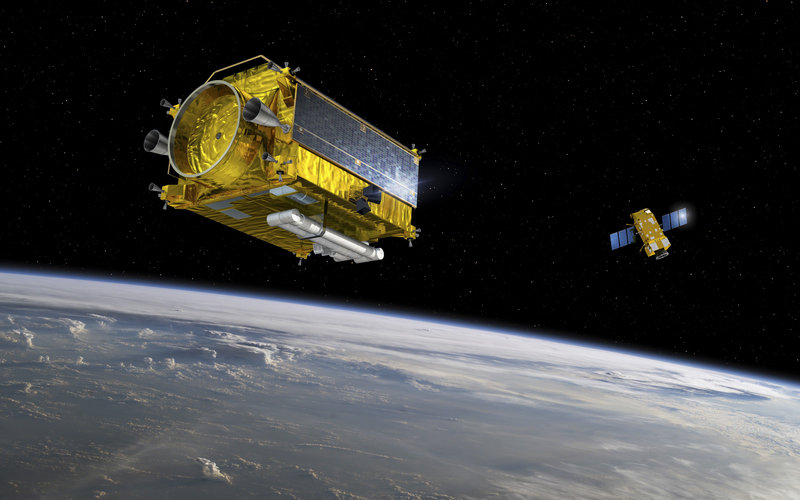Asking new questions leads to new technologies
Luisa Innocenti, Head of ESA’s Clean Space initiative
Clean Space is coming up to its fourth birthday and even if we’re not always been thought of as a technology-based programme, of course we are: seeking to redesign space products to ensure that we operate in a sustainable way.
Our thinking was that not only was this the right thing to do but it would also offer significant advantages to European industry. Four years on I’m all the more confident that this is indeed the case.
Much has been accomplished since 2012 through the Clean Space initiative in terms of innovation, knowledge and sustainability. I think that’s because we have been asking a whole new set of questions, for instance about the environmental impact of space activities.
There are some in the space industry who argue that given the relatively low frequency of missions mean we cannot be doing significant environmental harm. In Clean Space we argue though, that climate change is a global challenge facing everybody, and whilst it is always possible to find a more polluting enemy to compare to, the responsibility is on every sector to make improvements. Through ecodesign we are doing just that, applying life cycle assessment to help develop green technologies.


Access the video
At the beginning, it was startling to realise we didn’t have any solid data, which led in turn to us applying existing yardsticks like ‘life cycle assessment’ (LCA) to space for the first time. Today we have an ESA training course on eco-design for space, as well as a tool to incorporate the environmental performance as a design criteria. This work seems to be paying off: Ariane 6 has a requirement to perform an LCA to evaluate its environmental impacts.
Meanwhile, on the technology side, some of the greener manufacturing techniques we began investigating – such as 3D printing and friction stir welding – have gone on to be taken up by dedicated initiatives on ‘Advanced Manufacturing’ and now ‘Design to Produce’.
When we talk about environmental impacts, we have to speak about Earth’s orbital environment as well. In this regard we are taking action through two other programmes: CleanSat and e.Deorbit. They both look for solutions to the space debris issue and to guarantee that the orbital environment will stay safe and available to future generations.
We’ve been figuring out what would it take to remove an entire large item of ESA-owned debris from low-Earth orbit
Within the CleanSat frame, we chose to have a coordinated approach, working together with Europe’s ‘big three’ satellite primes plus equipment suppliers to develop technologies and design solutions that will allow them to comply in an easier and less expensive way with the Space Debris Mitigation requirements. Requirements that will become mandatory by 2020.
These innovative solutions, that we call technology building blocks, could be incorporated easily and competitively into upcoming platform designs – a total of 28 have been studied this year with the most promising being presented to December’s Ministerial Council for follow-on development, from arcjet thrusters to aid deorbiting to shape memory alloy valves for propulsion passivation to demisable tanks for atmospheric reentry.


Access the video
Meanwhile our e.Deorbit mission tackles the space debris issue from the point of view of remediation. With this first active space debris removal mission, concluding its B1 Phase for a proposed 2024 launch, we’ve been figuring out what would it take to remove an entire large item of ESA-owned debris from low-Earth orbit. So the answer is, a whole set of advanced technologies will be needed, from autonomous guidance algorithms to advanced images processing and robotic capture mechanisms.
All these technologies are also instrumental for the space tug vehicles, versatile vehicles to serve various functions, including in-orbit and refuelling and servicing, with a consequently large market potential which are being prepared by several actors worldwide. An e.Deorbit Maturation phase is being proposed to December’s Ministerial Council in order to prepare the full request for the mission at the following Ministerial Council.
It’s undeniable that new questions led us on a path of innovation in technology, but is it also true that they helped as accomplish even more: paving the way for a new mindset and a new way of performing space activities and opening new market opportunities for big and small industries across Europe.








